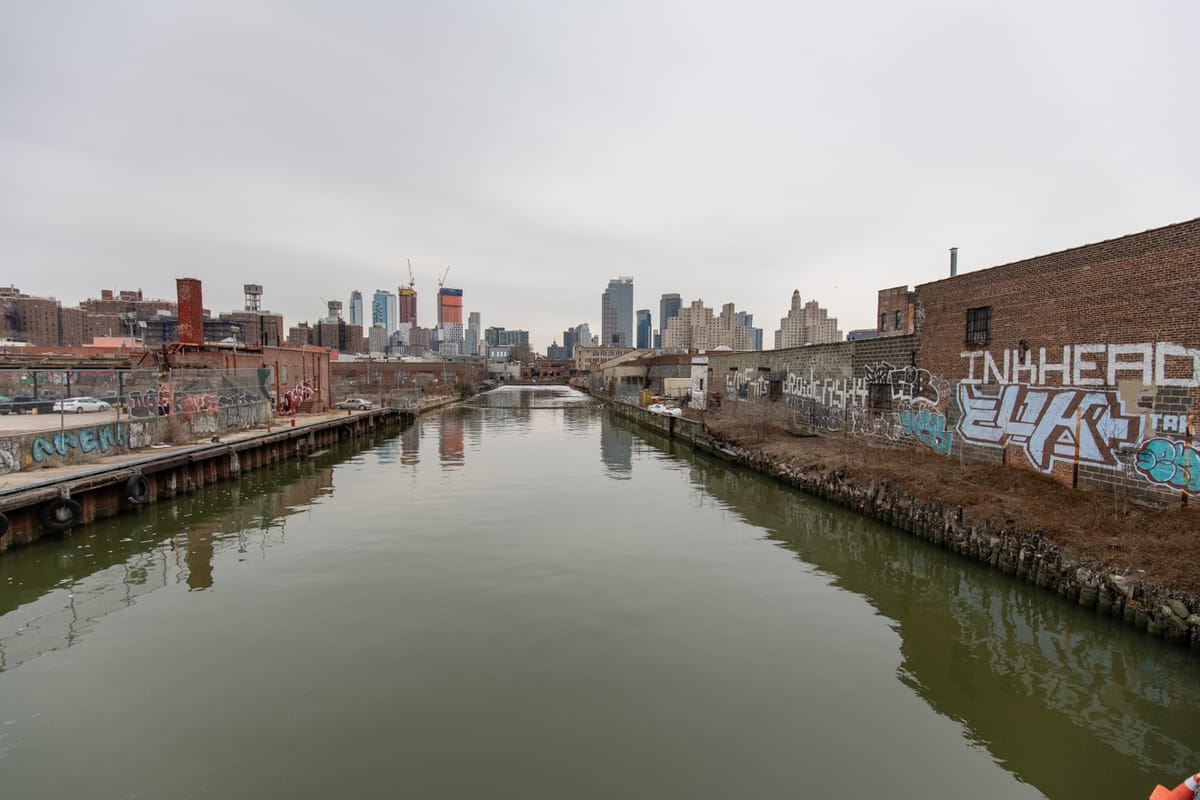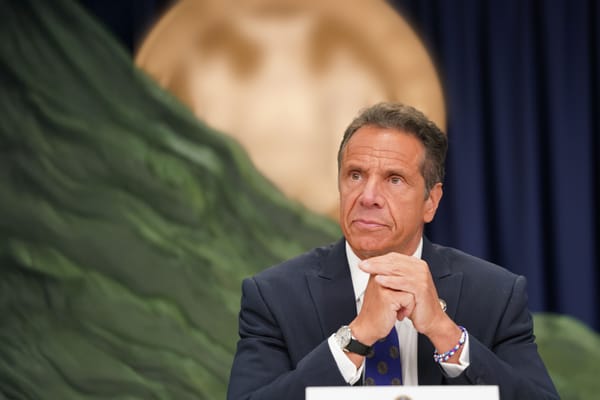DCP Scoping Meeting For Gowanus Rezoning, April 25

GOWANUS – The environmental review process for the Gowanus Draft Zoning Proposal is underway, with the release on Friday of NYC Department of City Planning‘s (DCP) Environmental Assessment Statement (EAS) and Draft Scope of Work.

Collecting community feedback on the Draft Scope of Work is the first step in the environmental review process, according to the agency. The Draft Scope of Work is a “technical document that lays out proposed methodologies and assumptions and that identifies the project and the types of environmental analyses that may be performed.” The document is intended to help the public understand and participate in the City Environmental Quality Review (CEQR) as well as to assist the agency in preparing a Draft Environmental Impact Statement (EIS).
The Gowanus Draft Zoning Proposal was developed to “facilitate a vision for Gowanus’ future that is sustainable, resilient and inclusive, with a mix of uses that support new affordable housing and local economic and job growth,” according to the agency. Along with DCP, the Department of Housing Preservation and Development (HPD) and the
Department of Parks and Recreation (NYC Parks) are proposing “land use actions including zoning map amendments, zoning text amendments, City map amendments, and disposition of City-owned property,” the Draft Scope of Work states.
The proposed rezoning area affects approximately 80 blocks in Gowanus roughly bounded by Baltic, Warren, and Pacific Streets to the north; Huntington, 3rd, 7th, and 15th Streets to the south; Bond, Hoyt, and Smith Streets to the west; and 3rd and 4th Avenues to the east.
Overall, the proposed rezoning is expected to create approximately 8,200 new apartment units, according to the Draft Scope of Work. Privately-owned sites could produce 7,200 new apartments, including 2,000 permanently affordable units under the city’s Mandatory Inclusionary Housing (MIH) requirements. City-owned sites (i.e. Public Place) could create 1,000 affordable housing units.
The proposed rezoning plans would also add 696,000 square feet of commercial space; 251,000 square feet of community space; and 6.4 acres of open space. The plans would also decrease warehouse space by 104,000 square feet; self-storage space by 125,000 square feet; and other industrial space by 60,000 square feet, according to the document.
The Draft Scope of Work estimates that the proposed plan would bring 17,985 more residents to Gowanus and 3,332 new jobs. Click here to see the Draft Scope of Work.
DCP has scheduled a Gowanus Scoping Meeting for Thursday, April 25 starting at 4pm at M.S. 51 (350 5th Avenue). This date happens to fall on the same day as Community Board 6’s regularly scheduled Landmarks/Land Use Committee meeting. CB6 requested that the Scoping Meeting be rescheduled and that the public comment period following the meeting be extended from 10 days to 30 days. While DCP was unable to reschedule the event, the agency did agree to extend the deadline for community feedback to 30 days.
Note: Next month’s CB6 Landmarks/Land Use Committee meeting has been rescheduled a week prior, to April 18 at 6pm (location TBD). Tomorrow—Thursday, March 28 at 6pm—the community board will host a Landmarks/Land Use Committee meeting where DCP representatives will answer questions from the board about the Gowanus Draft Zoning Proposal. The meeting will be held at P.S. 133, 610 Baltic Street (at 4th Avenue). All are welcome to attend.
Community Board 6 has met with a number of community organizations to hear their concerns about the proposed rezoning and submitted a list of initial questions to DCP on Tuesday, March 26 which they hope to have addressed ahead of next month’s Scoping Meeting.
“Since the neighborhood plan was unveiled we’ve had presentations from the Gowanus Landmarking Coalition, Gowanus By Design, Gowanus Canal Conservancy, and in the last month 32BJ and the Gowanus Dredgers,” CB6 District Manager Michael Racioppo told Bklyner. “We devoted our last Land Use Committee meeting to public question and comment. We look forward to having more presentations and questioning by the board throughout this process.”
“For that reason we were, of course, pleased that DCP extended the scoping comment period pursuant to our request,” Racioppo continued. “A comment extension is welcomed but we remain focused on the plan’s content and look forward to DCP’s response to the questions we’ve submitted. The board leadership did extensive work and we thank our Chair Peter Fleming, David Briggs, Mark Shames and so many others for their dedication to this process.”
At the monthly Gowanus Canal CAG meeting Tuesday night, representatives of DCP and NYC Department of Protection (DEP) discussed the rezoning and the Gowanus Canal Superfund Cleanup respectively. Many CAG members expressed concerns about the city’s plans to rezone and significantly increase density in the neighborhood before remedying the area’s sewage and flooding problems. Many locals noted that raw sewage still discharges into the Canal regularly and that the addition of more residents will only compound the issue.
“Unfortunately the two tanks that we’re constructing will not do anything for additional sewer capacity,” said DEP’s Angela Licata. “Those two tanks are simply to further reduce the CSOs…(combined sewer overflows) into the Canal.”
“From the first upgrade that we did at the pumping station we got about 34% CSO reduction,” she added. “Then we projected the additional CSO reduction from green infrastructure and high level storm sewers and I think we came up somewhere around 44%…but with the tank we will have a further benefit and we will ultimately get to a cumulative 80% reduction in CSOs into the canal, but let’s not confuse that with sewer capacity. That’s CSO volume reduction, and frankly that’s why the city is proposing a tunnel because a tunnel has the capacity or the ability to be scalable into the future to do more for sewer capacity, sewer capacity relief.”
“This is still a public process and there still needs to be a disclosure document that says this is what the trade-offs will be, this is what we would need to do to accommodate either sewers or CSOs and share that with the entire community versus saying let’s build a tank and then let’s do five years of community outreach to come up with a proposed zoning,” added DCP’s Jonathan Keller.
“This is very much in keeping with coordination between the agencies and the public to say we’re doing this now for shared values,” he continued. “Not everybody agrees with those shared values but we have a lot of consensus…with a vision for a more sustainable and inclusive Gowanus. And let’s talk about what that would mean in terms of density and development and actually how to plan for it.”




